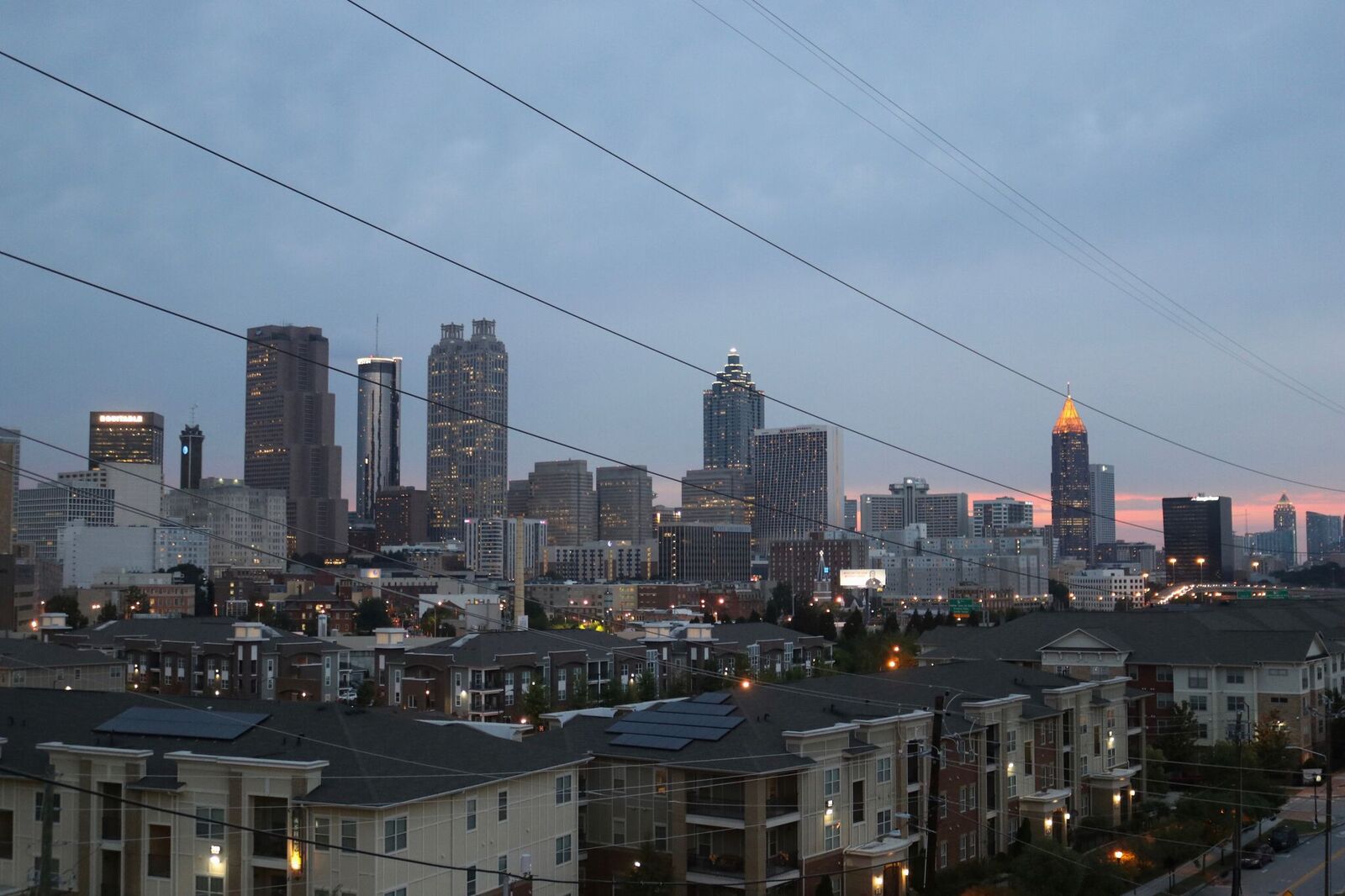
Over the past decade, Atlanta has undergone rapid and significant change. Once desolate of offices and business, the city is now a hub for several major companies, including CNN, The Weather Channel, Delta Airlines, and Coca-Cola.
This change has provided areas of the city with massive growth and expansion, in particular Midtown and Buckhead, which have seen a booming population in recent years.
Bill Torpy, a journalist for the Atlanta-Journal Constitution and a resident of Atlanta for 27 years, told The Signal he believes that the city’s “upswing” has brought about some change in affordability as well.
“Little Five Points used to be affordable and now it’s not at all. Working class people have a harder time living in a lot of the neighborhoods that used to be affordable,” he said.
The reason for this, Torpy said, is residents’ growing need to live closer to the city, instead of out in the suburbs.
“People got tired of fighting traffic to get out to the suburbs, so they decided to stay in the city,” Torpy said.
ThreadATL is an Atlanta volunteer group whose main goal is to advocate for the practices and designs other cities have adopted that are not as prevalent in Atlanta.
The Signal spoke with Darin Givens, co-founder of ThreadATL, about what the group envisions as Atlanta continues to grow.
“The city is designed to accommodate cars rather than public transit,” Givens said. “For example, there was a plan to build a parking deck right next to a MARTA station. That discourages use of the MARTA.”
Givens also said he feels the streetcar can be better utilized. The Atlanta Streetcar runs on a 2.7 mile loop throughout downtown, stopping at 12 locations from Centennial Olympic Park to Martin Luther King, Jr. Historical Site.
Givens argued that the flaw with the streetcar isn’t the streetcar itself; it’s the properties along the streetcar that are. The properties lining the streetcar are empty buildings, parking decks, and blank walls.
“There should never be 2.7 miles in a major city that can be described as ‘nowhere,’” Givens said.
But why can downtown Atlanta, an area home to several universities and countless offices and business, be described as nowhere?
Atlanta is still very much recovering from “white flight,” a phenomenon that occurred after the Civil Rights Movement in the 1960’s. The downtown part of the city was emptied after white people moved out of the cities to the suburbs, a result of racial discrimination.
But despite a seeming boom, compared to other major cities, Atlanta’s regrowth has been slower.
“In Los Angeles, they had a mayor who took initiative to make downtown a safer, better place to live,” said Givens. “We have lacked that kind of leadership in Atlanta.”
The one neighborhood that Givens said has changed entirely and flourished is Midtown.
“Midtown is almost unrecognizable. Ten years ago you could walk down Peachtree Street and not see anyone. Now it’s elbow to elbow with people. There’s so much more vibrancy,” said Givens.
